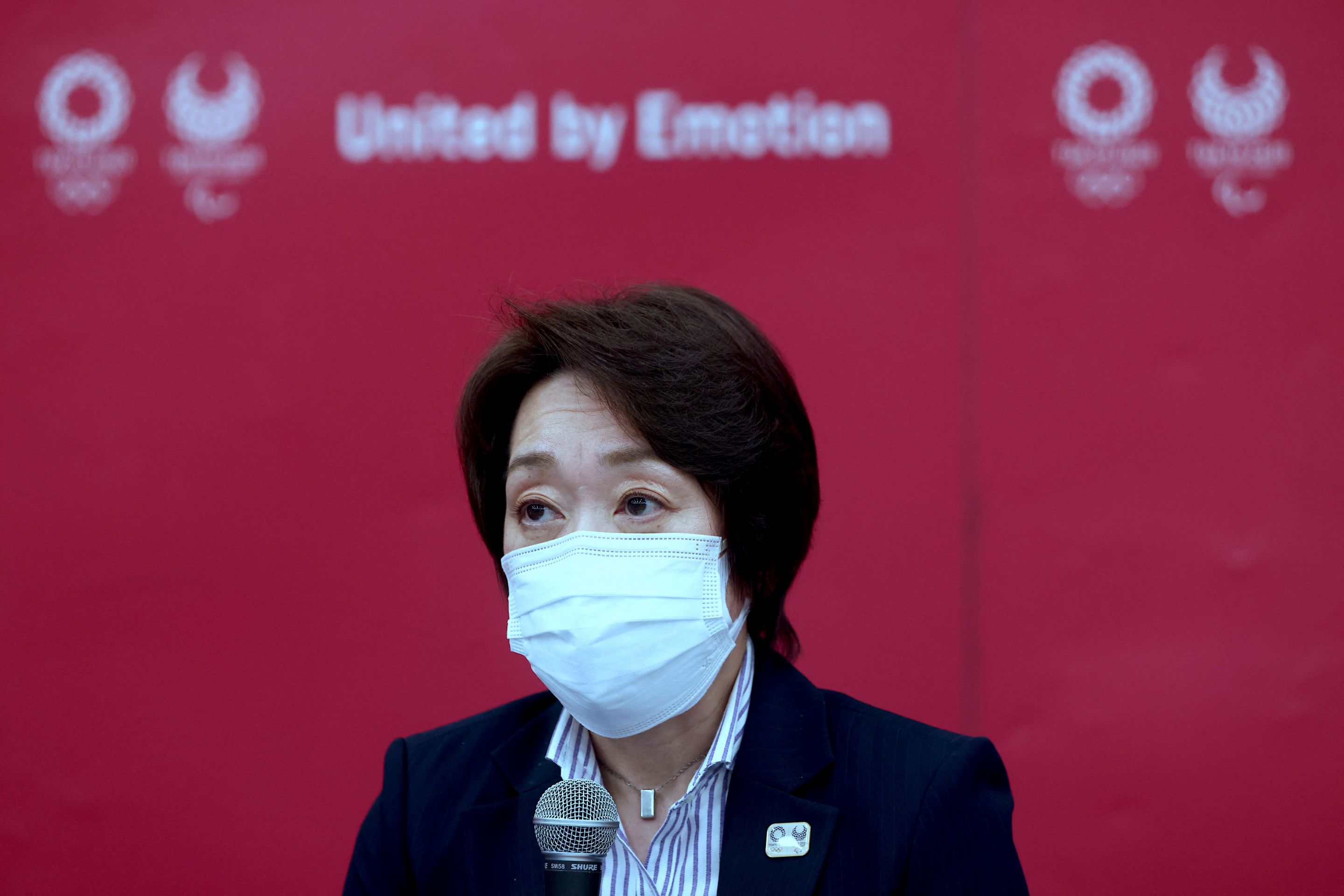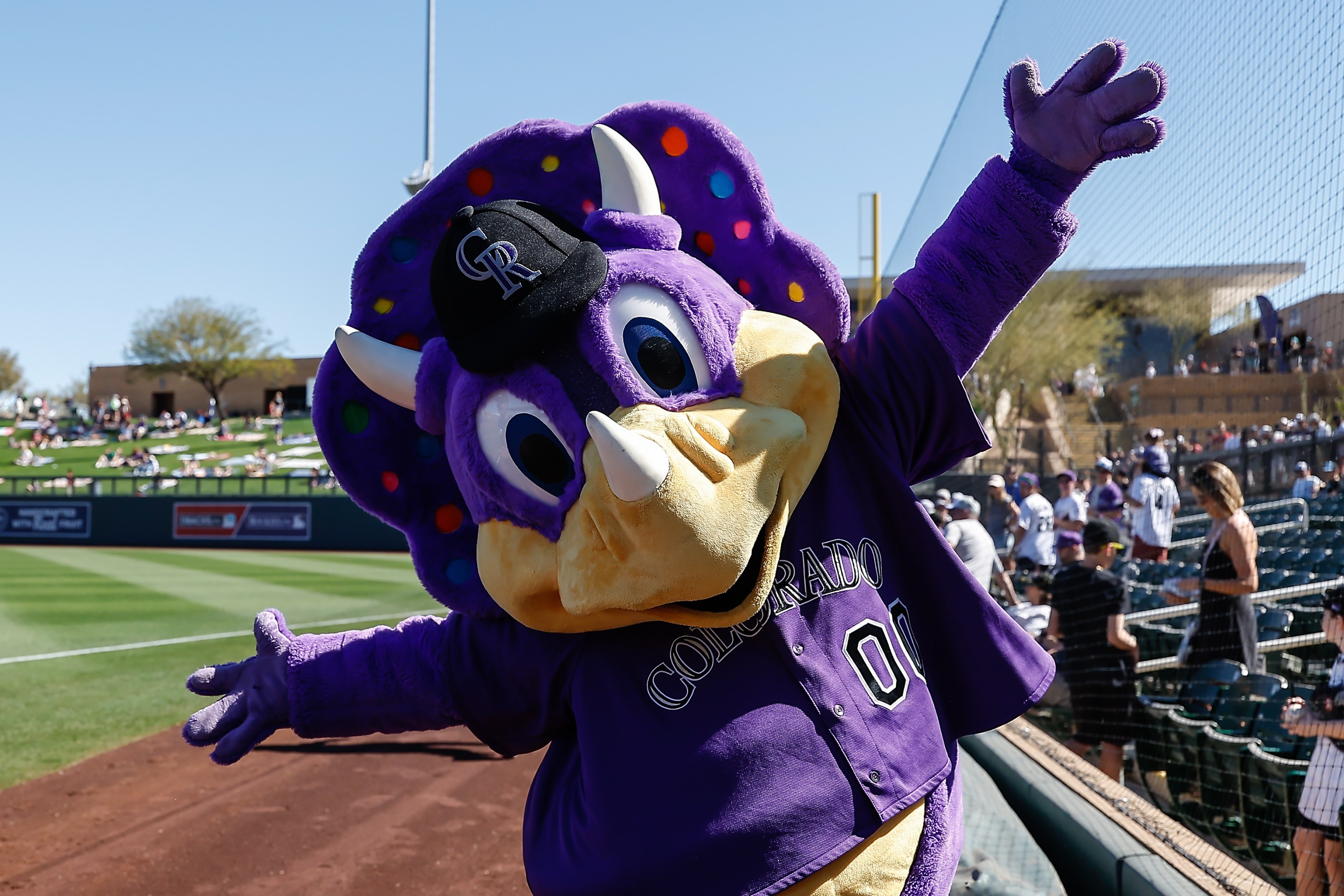Ominous reports of disaster have preceded every Olympics I can remember, which isn’t to say the reports haven’t all been true, just that public interest in various logistical crises—and the general exploitative crisis that is the modern Olympic movement—tends to fade right around the time the opening ceremony begins and there is suddenly exciting, round-the-clock televised entertainment at a time of year usually starved for it. In Tokyo, public support for hosting the Games has been low, and the decision to press on with them comes amid high COVID-19 case numbers and a slow vaccine rollout. Among the smaller and stranger crises is the opening and closing ceremonies, which (with all due respect to the technical and artistic feats involved in A Talent Show But Bigger) should probably be one of the easier aspects of organizing a huge and closely watched international competition event with thousands of guests.
And yet! On Thursday, the organizing committee fired the creative director of the opening and closing ceremonies—a day before the opening ceremonies!—after a video of one of his sketch comedy routines resurfaced on Twitter and showed he'd joked about the Holocaust. In the routine, the director, Kentaro Kobayashi, pretends to hold a box of human-shaped paper cut-outs and references a time he used them to "play Holocaust."
Kobayashi's firing was quick, and conspicuously so. Earlier this week, the committee was criticized for its slow handling of Keigo Oyamada, a composer who had been writing music for the opening ceremony. In magazine interviews in the 1990s, Oyamada had graphically described his past cruelty to disabled classmates "without any regrets," and bragged about forcing one of those classmates to eat feces and publicly masturbate. Organizers initially said they'd keep Oyamada on given the short time until the ceremony but accepted his resignation after several days of public pressure. "I have to offer my apology to those people, to the fact that appropriate response was delayed," said organizing committee president Seiko Hashimoto, who has repeatedly stressed that the core theme of these Olympics is "unity in diversity."
There's certainly unity in something here, if not diversity. Kobayashi was actually the second person hired as creative director for the opening and closing ceremonies. The first, Hiroshi Sasaki, resigned in March after a Japanese magazine reported that one of his ideas had been for comedian Naomi Watanabe, a plus-sized woman, to dress up in a pig costume, an idea he christened the "Olympig." Watanabe later said in a livestream she was hurt and frustrated by the proposal. "I would have definitely rejected it. It’s simply not interesting, and I don’t understand the point of it at all," she said. In her apology for that incident, Hashimoto said that "gender equality and representation have been a priority since I was appointed president. These things should not and cannot be allowed to happen."
The importance of gender equality makes some sense when you consider the circumstances of Hashimoto's appointment to the role. The politician and seven-time Olympian, a former speed skater and track cyclist, was named head of the organizing committee in late February after her predecessor, former Japanese prime minister Yoshiro Mori, resigned after saying women talk too much in meetings.





